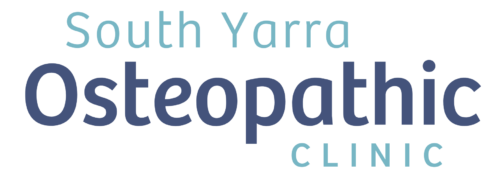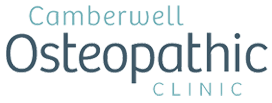Over the past year, there has been a significant surge in individuals embracing running as their preferred exercise. As the Melbourne Marathon approaches, an increasing number of both novice and seasoned runners are participating in events, setting new goals for longer distances and faster times.
While the growing interest in running and achieving personal milestones is commendable, it’s crucial to recognize the impact running can have on the body and to adopt strategies that enhance performance while minimizing the risk of injury.
Whether you’re gearing up for a 10k, half marathon, full marathon, or simply relish weekend runs, there are measures you can take to provide your body with additional support.
The first consideration in running is your choice of footwear. It’s essential to be fitted for shoes tailored to your feet, stride, distance, and training load. Visiting a specialized running shoe store for fitting is an excellent approach.
When preparing for an event, integrating strength training into your regimen is vital. Strength training provides support to your muscles and joints, reducing the risk of injury during running. This can encompass a straightforward weights session, workout class, or pilates class a few times a week alongside your running routine.

Recovery stands out as one of the pivotal aspects of your running program. Ensuring sufficient sleep, consuming enough nourishing food to fuel your training, and staying hydrated contribute to sustained optimal running performance. Adjusting your bedtime and making minor dietary tweaks may be necessary. Some runners, especially when increasing training intensity, might need to increase their food intake, emphasizing a balanced diet with healthy carbohydrates, protein, fats, and fruits and vegetables.
Many runners encounter aches and pains at various points in their running journey. While managing these discomforts and minor injuries is an inevitable part of the process, it can enhance your overall running ability. Incorporating warm-ups before each run, post-run stretches, and utilizing a foam roller to alleviate muscle tightness in the days following intense workouts can be beneficial.
Consulting with an osteopath is an effective way to address these aches and pains and optimize your body’s performance throughout your running journey. Osteopaths can assess your gait, review your training program, identify potential issues, and employ various techniques to aid in your recovery and enhance your running performance.
As an avid runner herself, Caitlin takes pleasure in treating fellow runners, managing their injuries, and witnessing their running progress over time. Caitlin is available on Wednesdays, Fridays, and every other Saturday.




